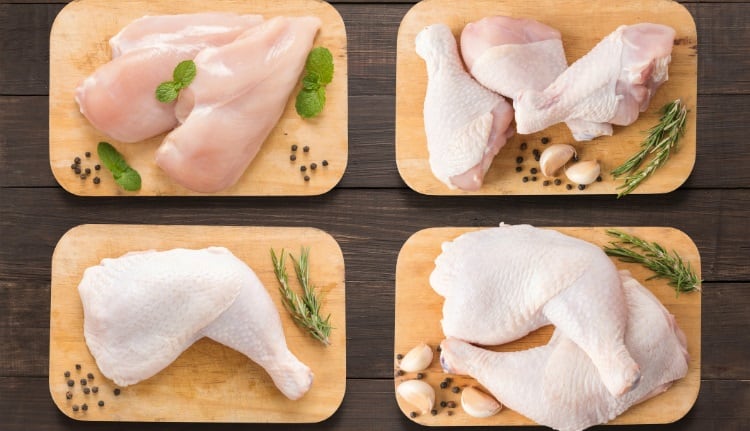In its annual results for 2018, the company reported a 21% year-on-year rise in revenue and a 9% increase in poultry production. Its chicken meat exports for the year rose 30% annually, due to increased sales to the Middle East & North Africa (MENA) and the EU.
The performance wasn’t all positive, however, as its EBITDA dropped by US$9m year-on-year, while net profit fell from US$230m in 2017 to US$128m in 2018.
Chief executive officer Yuriy Kosyuk said: “During 2018 we enjoyed another year of firm progress in terms of capacity and sales growth, at the same time as continuing to focus on putting in place the foundations for further development. In particular, there was a solid start to the construction of Phase 2 of the Vinnytsia poultry complex, with additional volumes produced and exported; our second biogas complex was launched; and a new Centre of Innovation was established.
“The company continued to strengthen its productivity and efficiency across all business segments as well as maintaining a focus on the development and professionalism of our employees. In line with our strategy of further expansion and growth outside Ukraine, we completed the acquisition of a Slovenian-headquartered poultry and meat processing company in early 2019. We have also been successfully developing our international projects in Slovakia, the Netherlands and MENA.”
Other recent highlights included completing the acquisition of a majority share in Balkan poultry processor Perutnina Ptuj.
Looking ahead
The MHP board said it expected 2019 to be “turbulent in relation to global markets and trade flows, making market predictions more challenging”.
The statement added: “Against this backdrop, MHP will continue to develop and deliver upon its long-term growth strategy. This is being achieved by two means: firstly, generating export growth – both organically, focusing on distribution and routes to market, and by targeted acquisitions; and secondly, by MHP’s domestic focus on higher value-added products. This gradual domestic shift to higher-margin products will be driven by the strategic substitution of lower-margin frozen chicken in favour of higher-margin consumer-driven meat product sales.”




